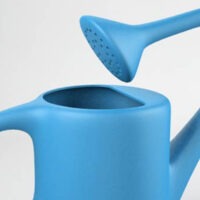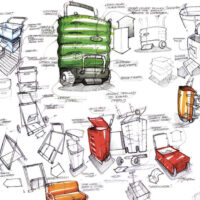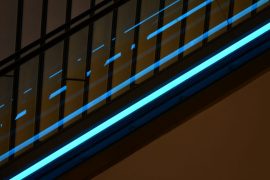Previously, SolidSmack reported on the Sense ‘Smart Sleeping System’ that launched on Kickstarter a few weeks ago. The well-priced $99 sleep management system aims to ‘combine the insight of your sleep patterns with the data of the environment in your bedroom, including noise, light, temperature, humidity and particles in the air’.
In an age where everything from fitness trackers to air conditioners are quantifying our daily habits into usable and informative data, the Sense is aiming to appeal to those with an interest in ‘the quantified self’ for the other 8 hours of the day. And appeal they have…to the tune of over $2 million dollars with a week left to go in their Kickstarter campaign.
The Sense team reached out to SolidSmack earlier this week to give us a little bit more insight into their industrial design process straight from the Sense industrial design lead Rob. Here, Rob gives us a little bit more information into how you create a product that is not only smart and connected, but also something that people would want to have sit next to them for 8 hours a day:
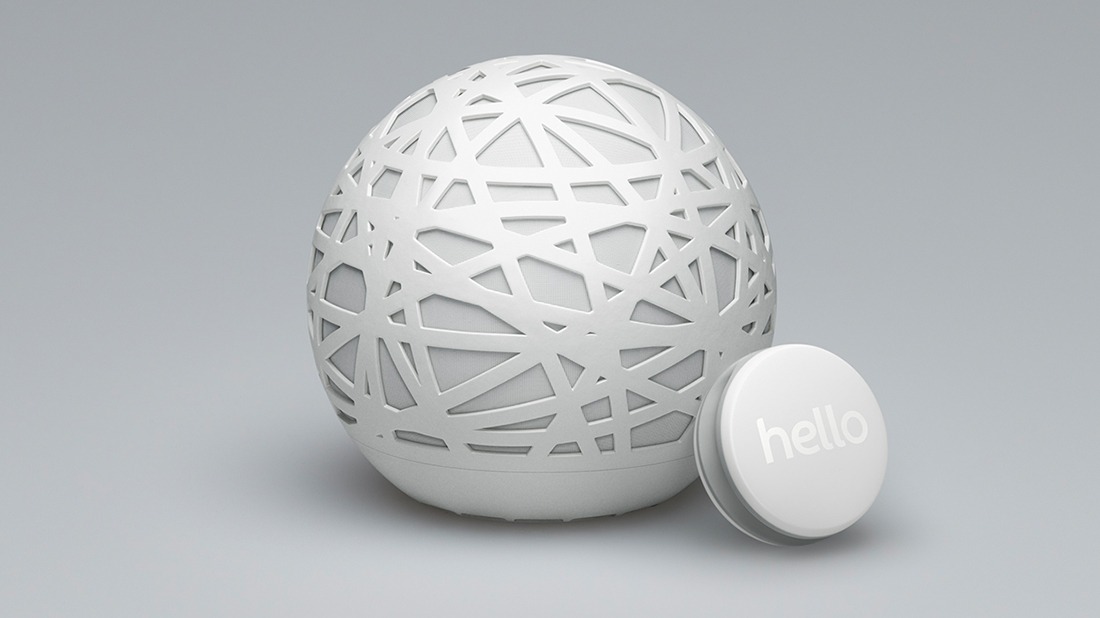
When we started to think about designing Sense, we knew we couldn’t simply just design something that looked like any other piece of technology. When thinking about sitting on your nightstand every day, it becomes even more important that we designed something that you’d be happy with sitting there even if it did nothing.
The design constraints were pretty tight as well. We had to create something that was beautiful, but blended into any environment and also worked with all of the sensors that are hidden away inside.
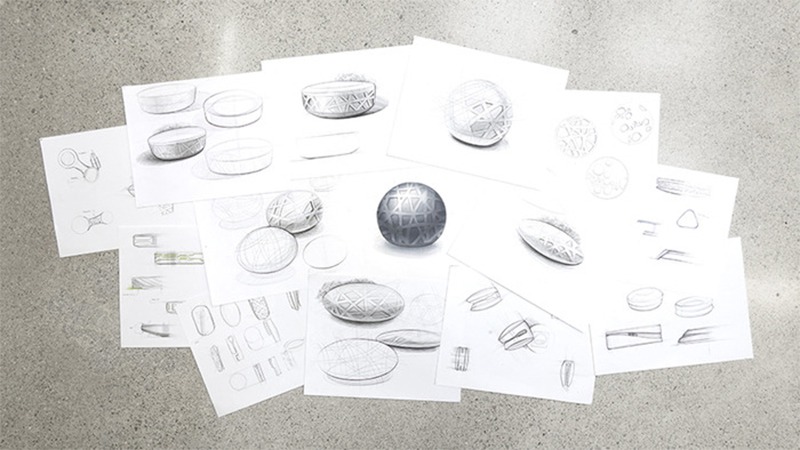
To do this, we turned to architecture as a source of inspiration. In architecture, we saw how a single design could be wrapped around an entire structure and lit up in ways that illuminates a whole building with a beautiful glow.
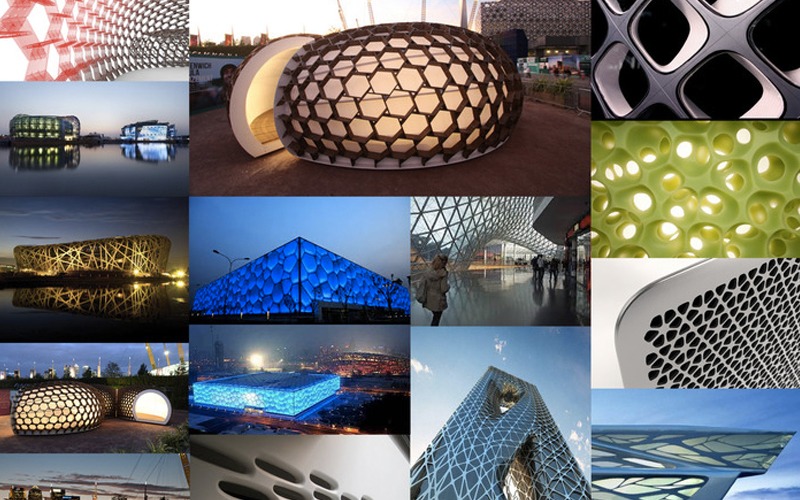
We designed both Sense’s internal and external structure in similar ways. By learning from architecture, we’ve found a way to design a tiny device, one that’s stuffed full of components, but glows as if there’s almost nothing inside.
To get there, we’ve made literally hundreds of prototypes. Our 3D printer has so far spent 1,526 hours and over 16,000 grams of resin printing prototype parts for Sense. It’s also broken down over 17 times, after running nearly 24 hours a day, 7 days a week, for many months.
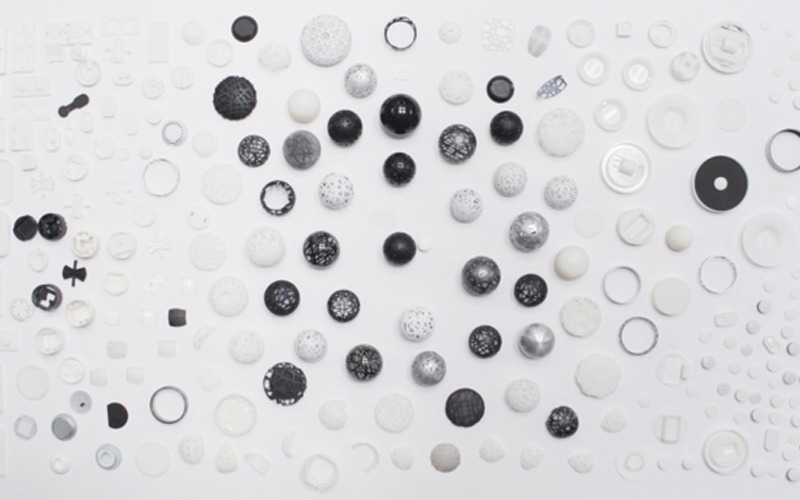
3D modeling Sense itself was quite challenging and simply drawing in CAD just didn’t cut it. To get the exact look we wanted, as designers, we actually had to write software as part of building an algorithmic modeling program just for Sense. This allowed us to manually place every line and get each one right where we wanted them.
When we started Hello, we said clearly that we’re both equally a hardware and a software company; this begins to show just one of the many ways we’re serious about this.
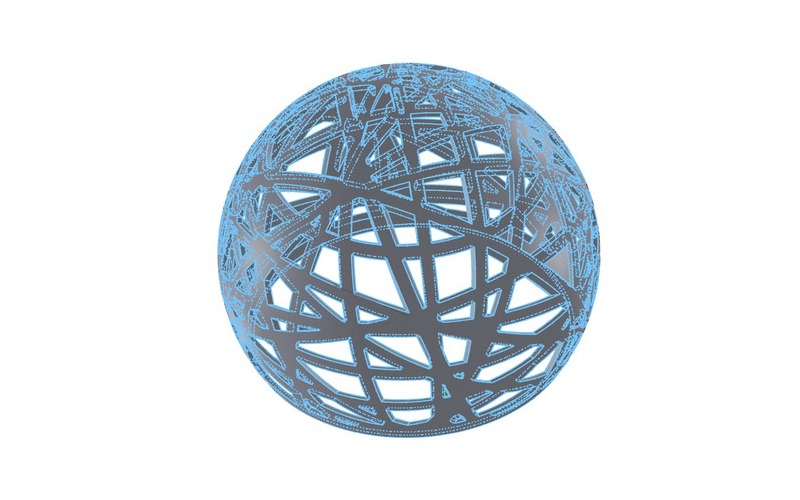
From there we moved to a parametric modeling program where we continued to detail the rest of Sense. The outer shell is made up of 2,745 lines and manually edited each one in order to manufacture it as a single, solid piece. That’s 915 surfaces for just one of the 90 pieces that make up Sense. Not the easiest thing to design, but building products wouldn’t be this fun if we didn’t push a few boundaries.
We hope you enjoy the design of your Sense as much as we’ve enjoyed building it. We think it’s going to look beautiful sitting in your bedroom.
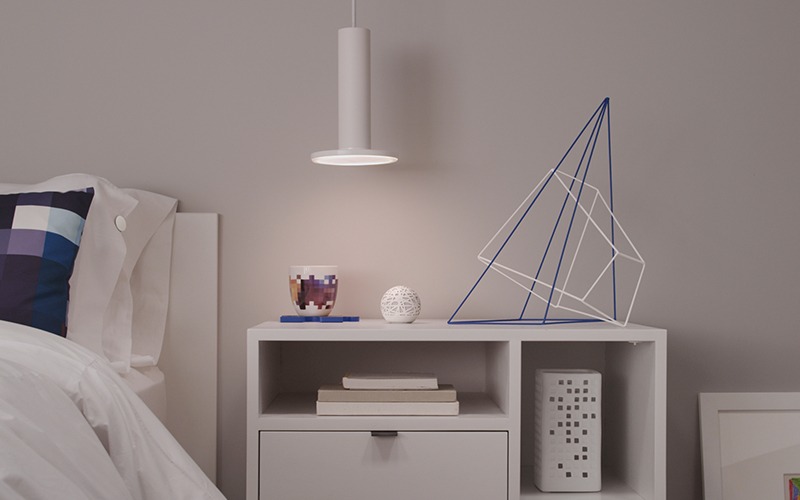
The Final Product:
Head over to the Sense Kickstarter page if you’ve been needing a new alarm clock!


